Having trouble viewing this video? Please visit our Video FAQ page Model Railroader executive editor Andy Sperandeo shows how to wire a layout for electrical reliability. […]
How to wire a model railroad layout
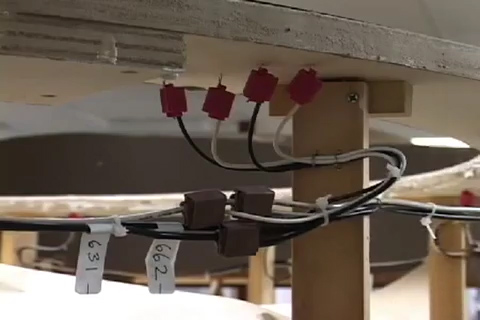
Action may be required on your Trains.com account in order to continue accessing content. Click here to learn more.

Having trouble viewing this video? Please visit our Video FAQ page Model Railroader executive editor Andy Sperandeo shows how to wire a layout for electrical reliability. […]
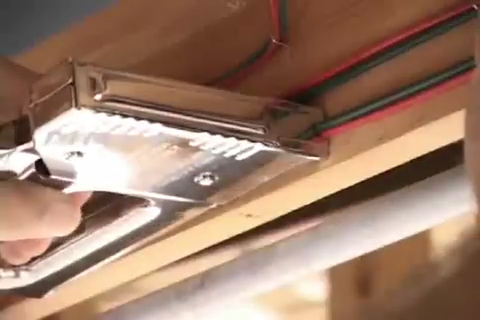
Having trouble viewing this video? Please visit our Video FAQ page Model Railroader editor Neil Besougloff shows how to install bus wires when creating new power districts. […]

Having trouble viewing this video? Please visit our Video FAQ page Model Railroader editor Neil Besougloff shows how to install bus wires when creating new power districts. […]
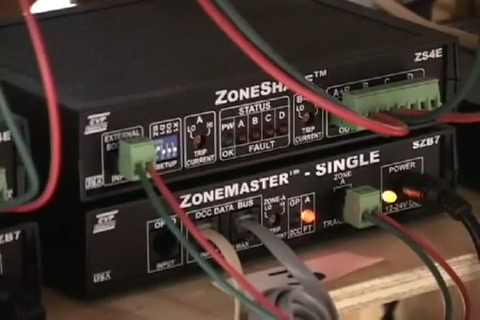
Having trouble viewing this video? Please visit our Video FAQ page Model Railroader managing editor David Popp show how to upgrade a layout using Zonemaster power supplies and Zoneshare circuit breakers. […]

Having trouble viewing this video? Please visit our Video FAQ page Model Railroader managing editor David Popp show how to upgrade a layout using Zonemaster power supplies and Zoneshare circuit breakers. […]

A number of years ago I started to experiment with substitutes for white glue to hold down the track and fix the ballast in an attempt to limit the transmission of sound through the benchwork. Part of my solution came in the form of acrylic-latex caulk (the type used around doors and windows). I use […]
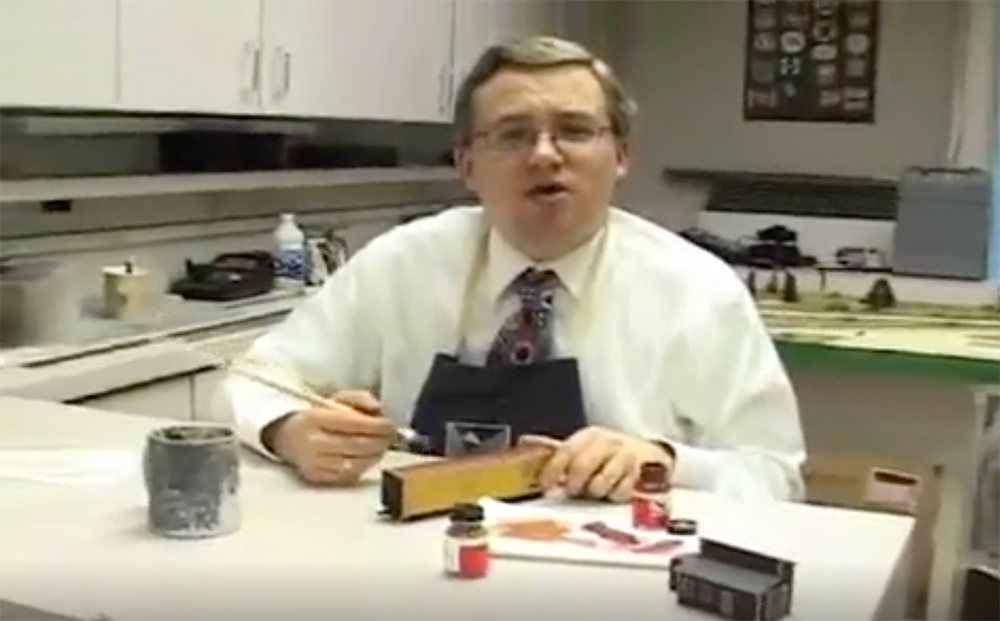
Having trouble viewing this video? Please visit our Video FAQ page Along with a selection of the latest model train products, Model Railroader Associate Editor Cody Grivno shows you the basics of drybrushing. Cody uses this weathering technique to simulate rust on the roof of an HO scale boxcar. He’ll also answer viewer mail. […]

Having trouble viewing this video? Please visit our Video FAQ page Along with a selection of the latest model train products, Model Railroader Associate Editor Cody Grivno shows you the basics of drybrushing. Cody uses this weathering technique to simulate rust on the roof of an HO scale boxcar. He’ll also answer viewer mail. […]
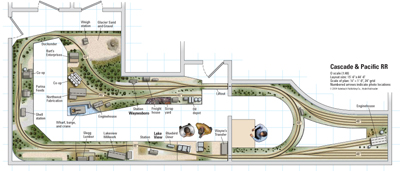
Name: Cascade Pacific Scale: O (1:48) Size: 15′-6″ x 44′-6″ Prototype: freelance Locale: Pacific Northwest Era: late 1960s Style: walkaround Mainline run: 96 feet Minimum radius: 42″ Maximum turnout: no. 5 yard, no. 6 main Maximum grade: 1 percent Click on the link to download a PDF of this track plan. […]
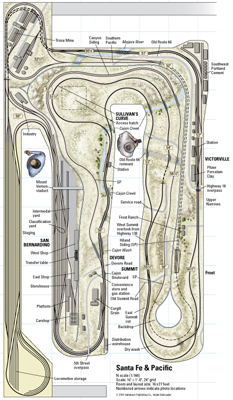
Name: Santa Fe & Pacific Scale: N (1:160) Size: 16 x 27 feet Prototype: Atchison, Topeka & Santa Fe,Southern Pacific, and Union Pacific Locale: Cajon Pass (San Bernardino to the Lower Narrows of the Mojave River) Era: 1985 to 1995 Style: linear walkaround Mainline run: 110 feet (excludes run-through staging) Minimum radius: 18″ Minimum turnout: […]
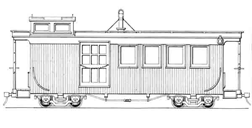
Download the PDF of this project here. This PDF is formatted to print on your home printer. Most pieces are formatted to fit on a 8.5″ x 11″ piece of paper. For larger parts of the plan, you will see “break lines.” Line up the break lines to create the larger piece. Despite our best […]
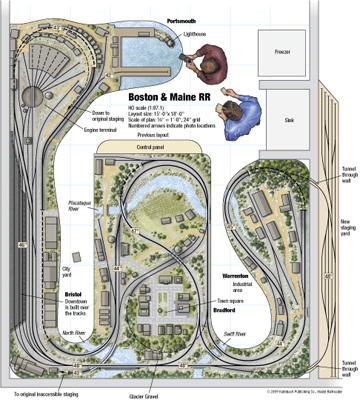
Name: Boston & Maine RR Scale: HO (1:87.1) Size: 15 x 18 feet Prototype: freelanced B&M Locale: New Hampshire seacoast to the mountains Era: September 1954 Style: walkaround Mainline run: 115 feet Minimum radius: 22″ Minimum turnout: no. 6 Maximum grade: 3.5 percent Originally appeared in the December 2009 issue of Model Railroader. Click on […]